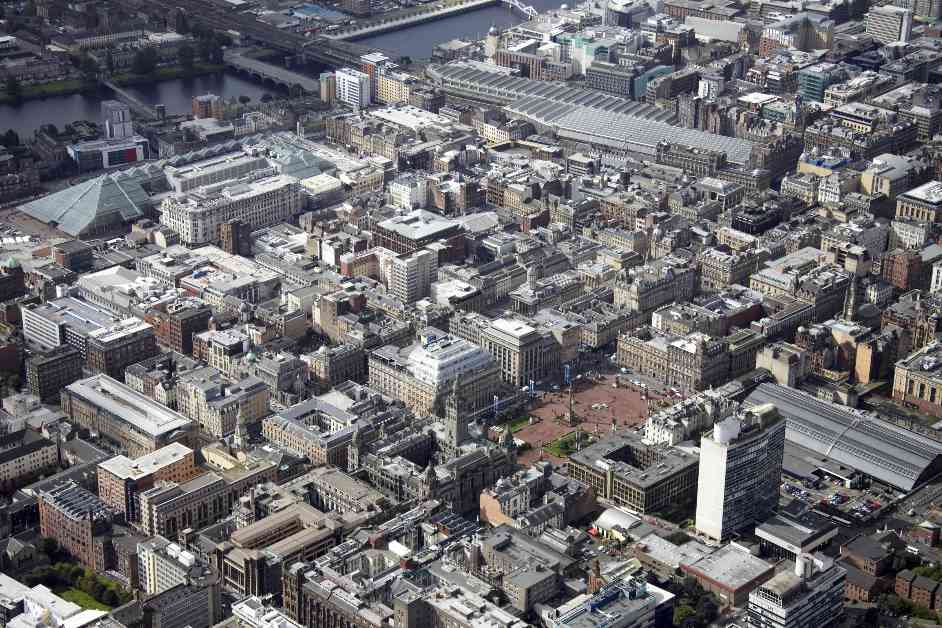Scotland’s Property Market Shifts in the Decade Following Independence Referendum
In the years following the 2014 independence referendum, Scotland’s commercial property market has seen a significant shift in investor demographics. According to new research from Knight Frank, international investors have emerged as the dominant force in the Scottish property market, surpassing UK institutions in terms of investment volumes.
Before the referendum, UK institutional investors held the largest share of investment in Scottish commercial property, accounting for an average of 36% of total investment. However, in the decade following the vote, international investors took the lead, averaging nearly half of investment volumes at 48%, a substantial increase from the 31% seen between 2004 and 2013. This shift in investor composition has reshaped the landscape of Scotland’s property market, with UK institutions now representing an annual average of 26% of investment volumes since the referendum.
Knight Frank’s analysis of Real Capital Analytics’ data highlights the resilience of Scotland’s commercial property market, with average annual investment volumes remaining consistent at £2.45 billion pre-referendum and £2.48 billion in the decade that followed. Despite major market events such as the global financial crisis, Brexit, and the Covid-19 pandemic, Scotland’s property market has shown stability and continued attractiveness to investors.
Changing Dynamics in Scotland’s Economy
The shift towards international investment in Scotland’s commercial property market reflects broader changes in the country’s economy. Retail’s share of commercial property investment volumes has declined from 43% pre-referendum to 30% in the years following the vote, as the sector grapples with challenges from the rise of e-commerce. In contrast, investment in hotels has increased from 11% to 16%, fueled by Scotland’s growing popularity as a tourist destination.
The Scottish Tourism Observatory’s data shows a significant rise in international tourists visiting Scotland, from 2.3 million in 2013 to four million in 2023. This surge in tourism has contributed to the growth of the hospitality sector and increased demand for hotel properties in Scotland. The country’s appeal as a tourist destination has not only driven investment in the hospitality industry but has also bolstered Scotland’s overall attractiveness to foreign investors.
Scotland’s Record-Breaking Foreign Direct Investment Performance
Scotland’s success in attracting foreign direct investment (FDI) projects has been a key driving force behind the evolution of its property market. According to EY’s annual Scotland attractiveness survey, the country secured a record number of FDI projects in 2023, surpassing its previous achievements. Scotland’s 142 FDI projects last year represented a 12.7% increase from the previous record of 126 projects in 2022, marking the fifth consecutive year of growth in FDI.
EY’s survey also highlighted Scotland’s continued strength in attracting new inward investment projects, maintaining its position as the second most attractive location in the UK after London. The significant increase in FDI projects won by Scotland in 2023 outpaced the national average, demonstrating the country’s resilience and appeal to international investors.
Scotland’s real estate sector has been a significant beneficiary of the surge in FDI, with investment in commercial, industrial, and residential properties experiencing considerable growth. JLL’s research revealed that Scotland outperformed the rest of the UK in attracting investment in the first half of 2024, signaling a positive outlook for the sector in the coming years. The resilience and attractiveness of Scotland’s property market have positioned it as a prime destination for investors seeking stable returns and long-term growth opportunities.
































